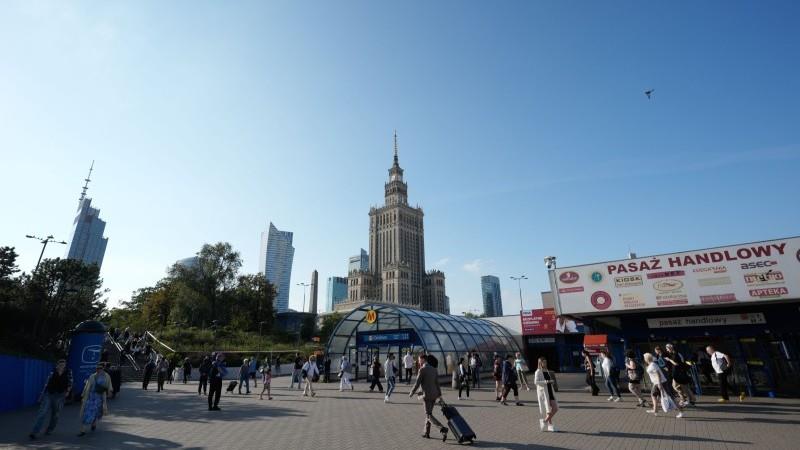
Poland's Industrial Awakening Might Prove Temporary
A solid reading of September's industrial output in Poland was broadly expected amid a more favourable calendar this year and a low reference base from the same time last year, when we had flooding in the south of the country. But even so, these figures surprised to the upside. Production growth was broad-based and reported in many divisions of manufacturing, and seasonally adjusted data also points to a solid 4.1% MoM improvement vs. August.
Despite that, the short-term outlook for the manufacturing sector is highly uncertain. Some producers from the automotive industry continue their downsizing activity. Some production facilities are closing, and several producers have announced they'll pause production for some weeks by the end of the year due to poor demand. Despite a strong September, we remain cautious about the manufacturing sector in the final quarter of this year.
Wage growth was robust in manufacturing in September (8.4% YoY), but with a low increase in energy production (2.6% YoY), a decline in mining wages (-5.1% YoY) and easing wage pressure in services, overall wage growth in enterprises amounted to 7.5% YoY and was lower than 8.5% we had expected, but slightly higher than 7.1% in August. The overall trend of slowing wage growth is sustained and should ease upward pressure on services' prices and facilitate further disinflation, including lower core inflation.
Employment in enterprises continues falling (-0.8% YoY), confirming long-term negative trends in the labour market. We have two main tendencies. First, the main force driving the decline in employment is the fall in labour supply due to poor demographics. Second is the intersectoral reallocation of resources. We've written extensively on this in our Directional report here: Softer demand for labour is also increasingly visible.
Solid output in manufacturing and elevated wage growth in this sector in September may convince the National Bank of Poland's Monetary Policy Council to refrain from another rate cut in November and wait for more data from the real economy to better assess mid-term inflationary trends. At the same time, easing wage pressure in services and an unfavourable outlook for domestic manufacturing leave room for further monetary policy easing over the medium term.
We expect the National Bank of Poland (NBP) policy rates to remain unchanged by the end of 2025 and expect the MPC to reduce the reference rate by another 50bps next year, down to 4.00% at the end of 2026.

Legal Disclaimer:
MENAFN provides the
information “as is” without warranty of any kind. We do not accept
any responsibility or liability for the accuracy, content, images,
videos, licenses, completeness, legality, or reliability of the information
contained in this article. If you have any complaints or copyright
issues related to this article, kindly contact the provider above.
Most popular stories
Market Research
- Thinkmarkets Adds Synthetic Indices To Its Product Offering
- Ethereum Startup Agoralend Opens Fresh Fundraise After Oversubscribed $300,000 Round.
- KOR Closes Series B Funding To Accelerate Global Growth
- Wise Wolves Corporation Launches Unified Brand To Power The Next Era Of Cross-Border Finance
- Lombard And Story Partner To Revolutionize Creator Economy Via Bitcoin-Backed Infrastructure
- FBS AI Assistant Helps Traders Skip Market Noise And Focus On Strategy




















Comments
No comment